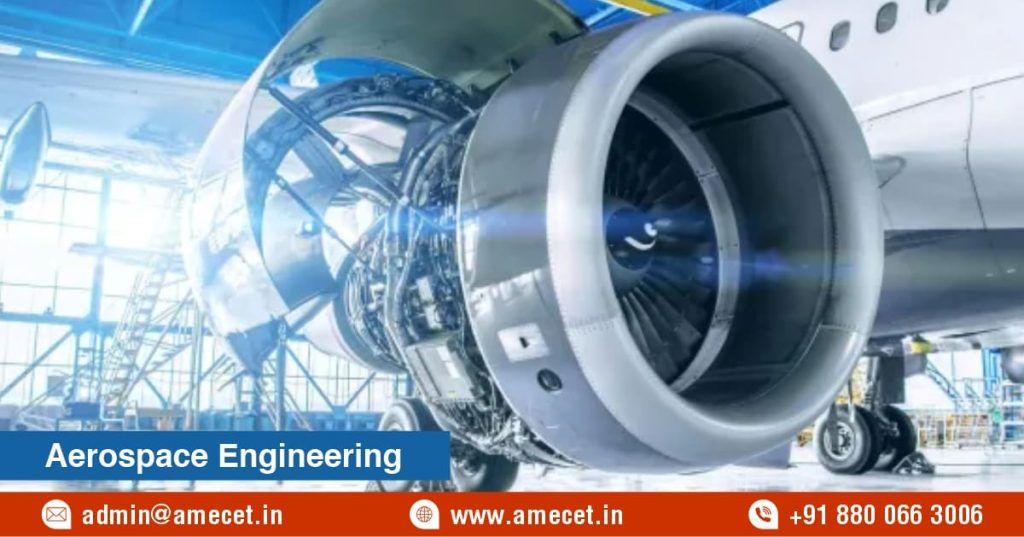What Are the Key Skills for Aerospace Engineers?
Posted on : 24 August, 2024 3:15 pm
Aerospace engineers require a diverse set of skills to excel in their field. Strong analytical abilities are crucial for solving complex engineering problems and interpreting data from simulations and tests. Proficiency in computer-aided design (CAD) software is essential for creating and refining aircraft models. Attention to detail ensures precision in designs and adherence to safety standards. Additionally, excellent communication and teamwork skills are necessary for collaborating with multidisciplinary teams. Problem-solving capabilities and a deep understanding of aerodynamics and materials science are also vital for innovative aerospace engineering solutions.
Page Contents
ToggleAnalytical and Problem-Solving Skills
Analytical and problem-solving skills are crucial for aerospace engineers, enabling them to tackle complex challenges effectively. Engineers must interpret data from simulations and tests, identify underlying issues, and develop innovative solutions. These skills facilitate the troubleshooting of design flaws and optimization of aircraft performance. Strong analytical abilities also support accurate predictions and decision-making, ensuring that engineering solutions meet safety and efficiency standards.
Points:
- Interpreting complex data sets.
- Identifying design issues and inefficiencies.
- Developing innovative engineering solutions.
- Troubleshooting technical problems.
- Analyzing simulation results.
- Predicting performance outcomes.
- Evaluating engineering trade-offs.
- Ensuring compliance with safety standards.
Technical Proficiency in CAD Software
Technical proficiency in CAD (Computer-Aided Design) software is essential for aerospace engineers, as it enables the creation and refinement of detailed aircraft models and components. Engineers use CAD tools to design complex structures, simulate performance, and analyze stress factors. Mastery of CAD software helps in visualizing designs, improving accuracy, and ensuring that all parts fit together correctly, which is crucial for successful aerospace engineering projects.
Points:
- Creating detailed 3D models of aircraft components.
- Simulating performance and stress factors.
- Refining designs based on simulation results.
- Visualizing complex engineering concepts.
- Ensuring precision in component measurements.
- Integrating various parts into cohesive designs.
- Collaborating with other engineers using shared CAD files.
- Updating designs based on project feedback.
Understanding of Aerodynamics
A deep understanding of aerodynamics is fundamental for aerospace engineers, as it influences the design and performance of aircraft and spacecraft. Engineers apply aerodynamic principles to optimize lift, drag, and stability, ensuring efficient flight and structural integrity. Knowledge of airflow dynamics helps in designing wings, fuselages, and control surfaces to enhance performance and safety. Mastery of aerodynamics is crucial for innovative solutions and achieving high-performance standards.
Points:
- Optimizing lift and drag forces.
- Designing efficient wing shapes and control surfaces.
- Analyzing airflow around aircraft components.
- Enhancing aircraft stability and maneuverability.
- Reducing aerodynamic drag for fuel efficiency.
- Applying principles to spacecraft design.
- Using wind tunnel testing for validation.
- Understanding the impact of aerodynamic forces on flight performance.
Project Management Skills
Project management skills are vital for aerospace engineers, as they oversee complex projects from conception to completion. Effective project management involves planning, coordinating resources, and managing timelines to ensure successful outcomes. Engineers must track progress, address issues promptly, and communicate with stakeholders. Strong organizational abilities help in balancing multiple tasks and ensuring that projects are delivered on time, within budget, and to the required quality standards.
Points:
- Developing detailed project plans and timelines.
- Coordinating with cross-functional teams.
- Managing project budgets and resources.
- Tracking progress and meeting milestones.
- Identifying and mitigating risks.
- Communicating effectively with stakeholders.
- Balancing multiple project tasks.
- Ensuring adherence to quality standards.
Adaptability and Innovation
Adaptability and innovation are essential skills for aerospace engineers, enabling them to respond to evolving technologies and market demands. Engineers must quickly adapt to new materials, methods, and regulations while finding innovative solutions to complex challenges. Embracing change and thinking creatively lead to breakthroughs in design and performance. These skills help engineers stay competitive and drive advancements in aerospace technology, ensuring that projects meet current and future needs.
Points:
- Embracing emerging technologies.
- Adapting to changes in regulations and standards.
- Finding creative solutions to engineering problems.
- Incorporating new materials and techniques.
- Staying current with industry trends.
- Innovating design processes and methodologies.
- Responding flexibly to project challenges.
- Continuously improving engineering practices.
In conclusion, aerospace engineering is a dynamic field that demands a blend of technical expertise, problem-solving skills, and adaptability. Engineers in this domain must continuously evolve to keep pace with technological advancements, industry standards, and project requirements. Mastery in areas like project management, innovation, and technical proficiency ensures they can tackle complex challenges and drive progress in aerospace technology. As the industry continues to grow and change, the ability to innovate and adapt will be crucial for future success, making aerospace engineering a rewarding and impactful career choice for those who thrive on challenges and innovation.

